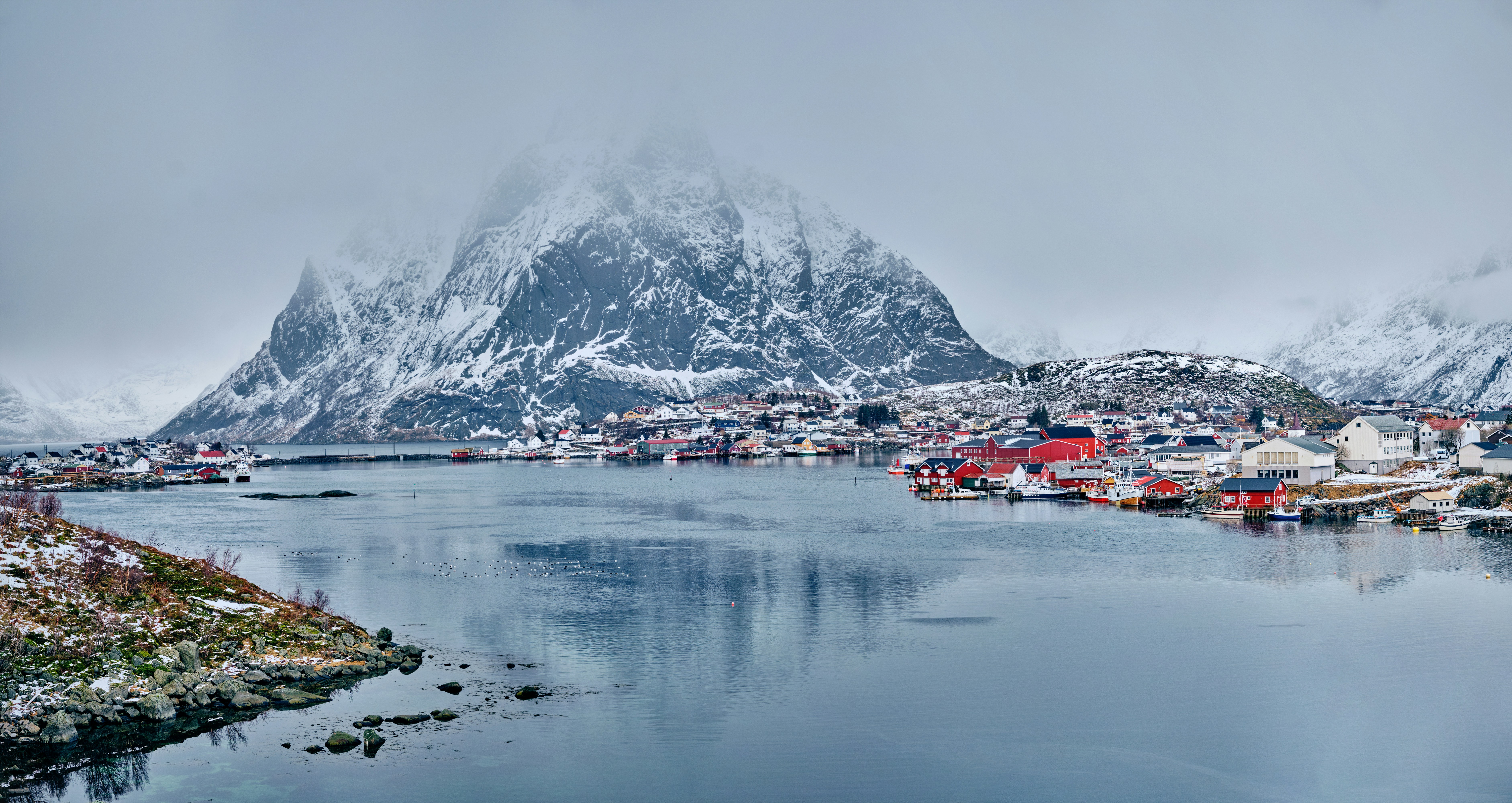Industrial Logistics Transformation
A connected view from mine to port brings positions, flows, and constraints into one reality. Operations respond faster now, and leadership steers strategic change with facts.
The end‑to‑end logistics reality from mine to port: positions, flows, and constraints across trains, vessels, and terminals. We connect real‑time and historical data to show where coordination breaks down — enabling operational response now and strategic change over time.
Situation

The end‑to‑end flow from mine to port involves trains, vessels, terminals, and several control rooms. Data is fragmented across operational systems and providers, and planning horizons differ across stakeholders.
Client type
Large industrial company operating in mining and logistics.
Challenge
Amid a major transition toward fossil‑free production, the organisation needed better ways to understand and coordinate complex cross‑functional logistics flows — particularly those that span organisational boundaries. Siloed structures made shared understanding and strategic follow‑through difficult.
What we did
- Created a digital representation of the end‑to‑end logistics chain from mine to port, including real‑time positioning of trains and vessels and access to historical performance data
- Integrated multiple sources (e.g., GPS from locomotives, operational systems) to build a connected operational view
- Worked iteratively with stakeholders to map and visualise key processes, test real‑world use cases, and enable hands‑on use in operational, tactical, and strategic decision‑making environments
Results
- Surfaced organisational gaps and misalignments across functions
- Demonstrated how a connected operational view supports prioritisation, coordination, and follow‑up on strategic goals
- Provided a foundation for evaluating new planning approaches and for future expansion to additional flows and decision environments